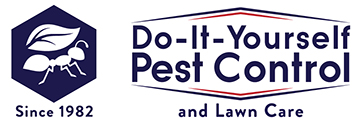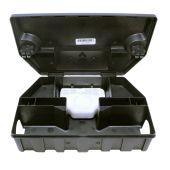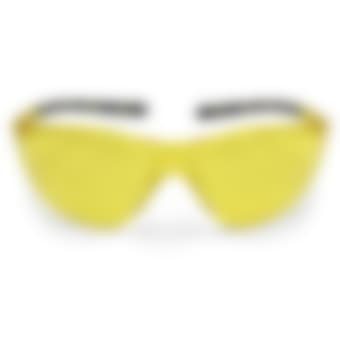Rat Inspection

Inspection For Rat Activity
The use of Rodotrak (fluorescent cotton balls) and a UV Rodent Tracker Light is recommended in situations where there is a chronic rodent problem, and a helpful tool for locating nest sites. Inspection will help determine the rat locations and size of infestation. Inspect signs such as fecal material, gnawned marks, grease marks, runways, urine stains and tracks.
Inspection Check List
- Droppings -new (shiny and soft in texture) or old (hard in texture), varying feces sizes (both juveniles and adults present). A lot of droppings indicates a large infestation.
- Harborage Areas
- Gnaw Marks : Mice-1-2 mm in width, holes are small, clear cut. Rats4 mm in width, holes are big with rough edges
- Rub Marks: Rodents rub dirt and oil as they travel along walls
- Rodent Pathways-Sill ledges, fence rails, foundations, electrical wires, pipes, tree branches and conduits
- Rodent Burrows-Norway rats nest in burrows. Burrows are normally 4-5 ft deep in areas of protective vegetation.
For more information: Rodent Inspection
Norway Rat or Roof Rat ?
The two most common types of rats you will find on your property are Norway Rats (sewer rats) and Roof Rats. Most of the time the Norway Rat will prefer to live on the lower levels inside burrows or inside crawl spaces. Damage to food or garbage inside or outside of the burrows indicates the presence of these rodents.
The roof rat is smaller than the Norway Rat. When there are rats in the attic, it will usually be the roof rat. Noises in the attic or the wall are usually roof rats.
Click Here: Rat Control









